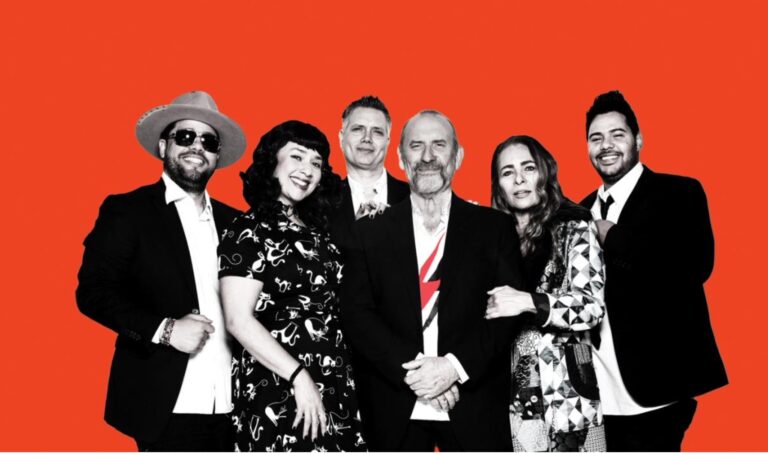
Toasting Australia’s drinking culture
BY MICK ROBERTS
Retired Sydney University academic Bruce Ross freely admits he comes from a long line of ‘serious drinkers’.
In fact, he was once an ‘indiscriminating beer drinker’, but at the age of 70, today he would rather enjoy a good red wine or boutique beer.
‘We all got to slow down our alcohol consumption as we get older,’ he said over a Guinness at his local watering hole – Glebe’s Nags Head Hotel. ‘You know, there are not many serious drinkers around at my age.’
Bruce’s blue collar up-bringing in the heavy drinking coal mining suburbs of northern Wollongong gave him plenty of inspiration to write a book on the Australian beer drinking culture. And he is doing just that.
‘I grew up in a working class community where the pub was the central part of life,’ he said.
‘I’ve always been interested in local history. I started to explore and discover the distinctive Australian working class drinking culture as a young man.’
Besides an interest in cultural history, Bruce has a connection with Australia’s early drinking history, with his great grandfather Joseph Ross, recognised as Sydney’s first successful bottle manufacturer.
His ancestor had factories at Darling Harbour and Newtown which supplied cordial manufacturers and breweries such as Tooth and Company, from the 1870s through to the early 20th century.
Bruce began writing Sun Bronzed Boozers: The Peculiar History of the Great Australian Past Time at the beginning of last year, and has almost completed the 18 chapter book exploring Australia’s drinking history. From the Rum Rebellion, to the infamous six o’clock swill, through to today’s 24 hour pubs and pokie palaces, the book tells the story of how a culture developed around the liquor industry.
He points out early closing of hotels as one of the defining moments in Australian drinking history.
‘The nature and the way we drank in pubs changed dramatically because of six o’clock closing as a temporary measure because of the war.
‘Pubs became virtually beer halls. They were cleared of everything, including furniture, pool tables, and walls,’ he said.
He said unlike other countries, beer drinking in Australia became predominantly a male activity, mainly due to the introduction of early closing of hotels in 1916.
‘The compression of hours and the resulting mad drinking meant only men, and a few tough woman, would dare venture into the crowded bars of an Australian pub up until the 1950s.’
He tells the story of a Rushcutters Bay pub in the 1950s that had no seats or stools in the public bar, where drinkers stood on a sawdust covered floor, five and six deep, waiting to be served.
As it got closer to 6 o’clock, the men would urinate or vomit where they stood rather than lose their place in the queue. The sawdust would be swept out after closing.
‘Basically I realised that no one before had ever done a history of the Australian drinking culture,’ Bruce said. ‘There are histories written about pub architecture and laws, but nothing really had been done on our drinking culture,’ he said.
Bruce moved from Wollongong to Sydney in 1986, and now lives on the University of Sydney campus, where he is honourary president and academic counsellor at the sport and fitness centre.
The retired lecturer has concerns that Australians are revisiting the problems of the early 19th century, when spirits were a favourite beverage.
‘Spirits are becoming a significant problem. Spirits are not designed for leisurely or social drinking, like beer,’ he said.
He also says 24 hour trading pubs are also creating cultural problems and a lot of establishments are unsustainable.
‘Australia’s drinking culture is undergoing another change, and it’s probably not for the best,’ he said.
Bruce is looking for tales and yarns to include in his book and can be contacted on 0403 281 988.









